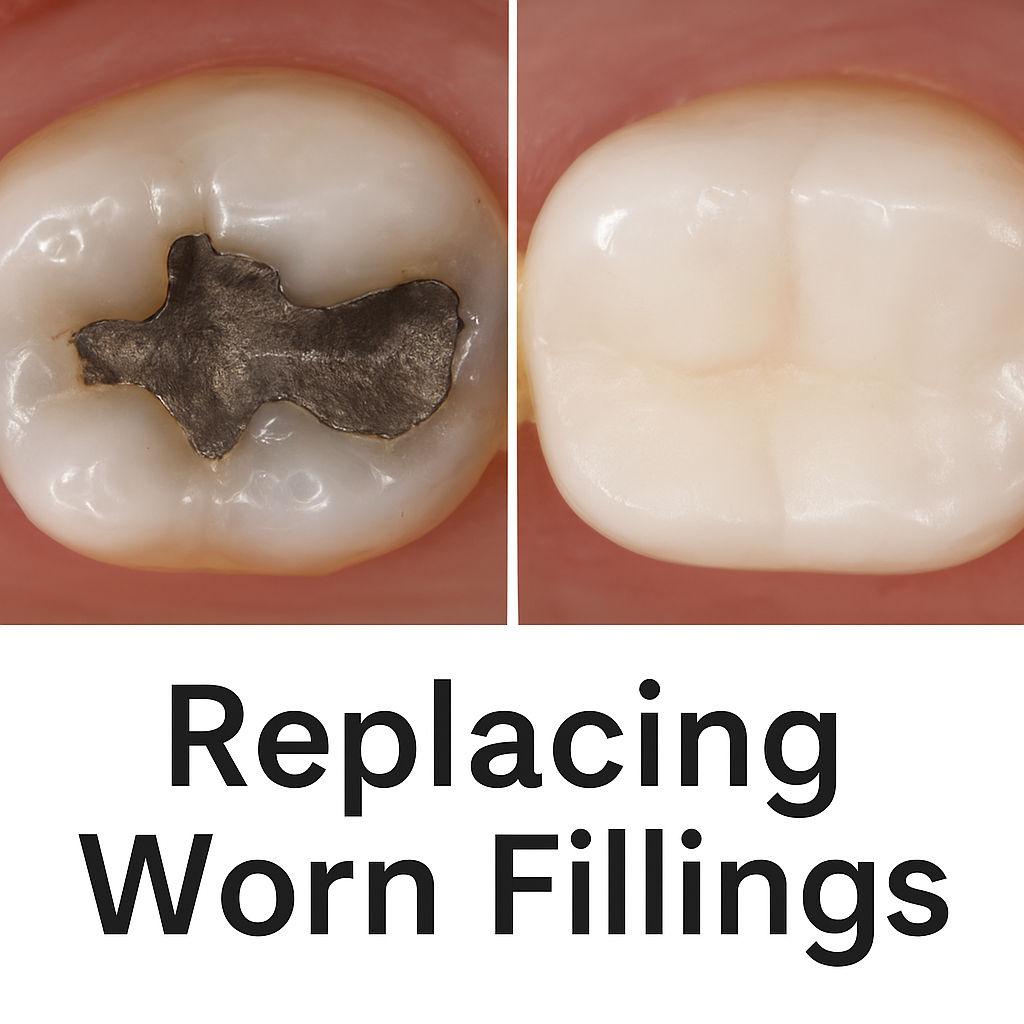With the need for fillings on the increase, more and more people are turning to their dentists for advice on the right type of filling for their teeth. You’d be forgiven for thinking that amalgam fillings are the only option, but the fact is that there are several alternatives outside of this traditional silver material.
Tooth colored fillings, also known medically as composite resins, provide a great level of resistance to impact fracture and general wear and tear. They are just as well suited at the front of the mouth, as they are at the rear, and their durability allows them to last for years at a time with minimal maintenance. One of their biggest benefits is the fact that they look so realistic when applied.
This may not seem like a big deal, but when the alternative options include silver fillings (which are very noticeable), and gold fillings (which are expensive as well as obvious), the advantage of a composite filling certainly stands out from the crowd. Where other types of tooth-replacement techniques require the tooth to be removed; composites can simply be fitted on top of a tooth, and then secured in place.
Amalgam fillings are much cheaper and are constructed to last over 100 years, whereas composite fillings can be expensive and will need checking from time to time. As long as the composite filling is well looked after, then there’s really no reason why it shouldn’t last for years at a time, but if a chip or fracture does occur, then a dentist may be required to treat the incident.
The Truth about Composite Fillings
Whether you’re in Orem Utah, or anywhere else within the United States – you’ll most likely want to get to grips with the pros and cons of composite fillings. In practice, composites do cost more than amalgam equivalents, and as a result they may not always be covered by particular insurance plans.
The process involved in fitting a composite filling does take a little longer than that of an amalgam filling, and this is mostly due to the tooth needing to be kept clean and dry during fitting. Even with these minor disadvantages, the fact is that composite fillings are now much more commonly used than both amalgam and gold fillings – especially within the cosmetic industry.
Unlike natural teeth, composites won’t stain over time, although they can suffer with temporary discoloration if not cared for properly. The best way to look after composites is by treating them in the exact same way as natural teeth. Brushing twice a day will help to remove debris left over from food, and flossing between the gaps on either side will keep the material from deteriorating.
If you’d like to learn more about the different types of fillings that you have available, then get in touch with your dentist and they’ll be able to answer any questions that you may have.









